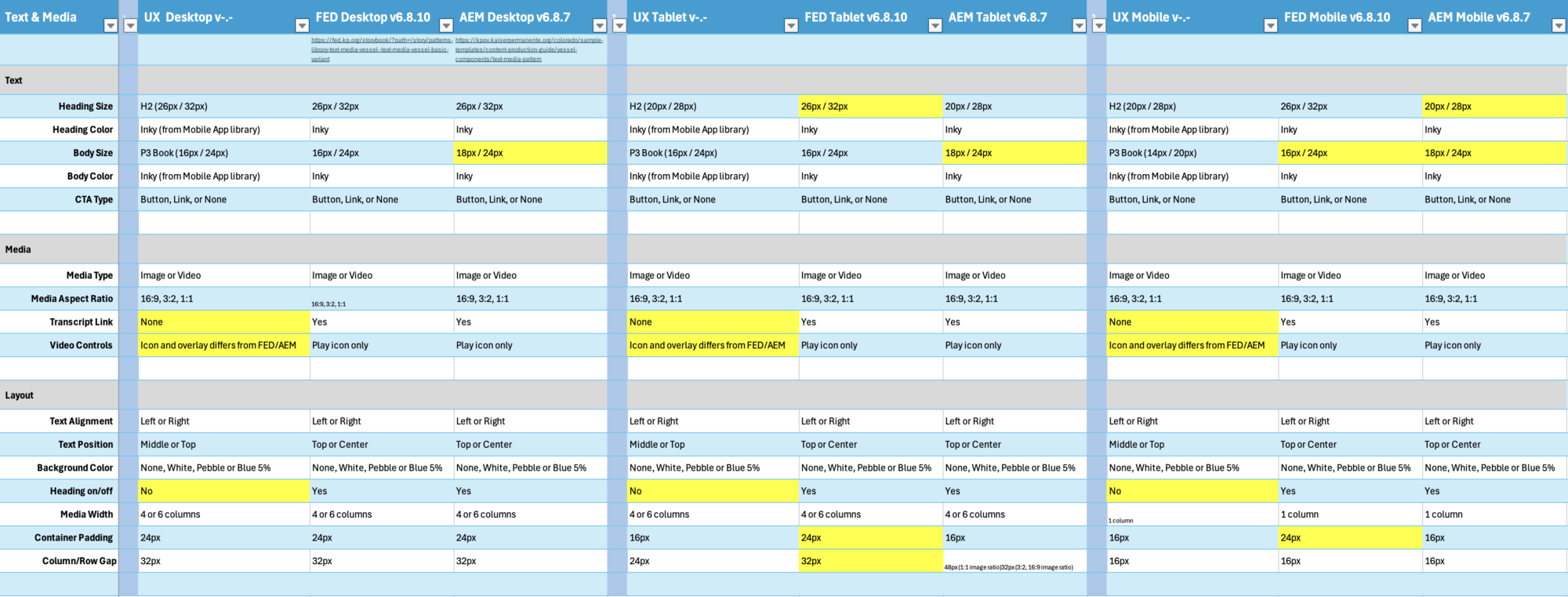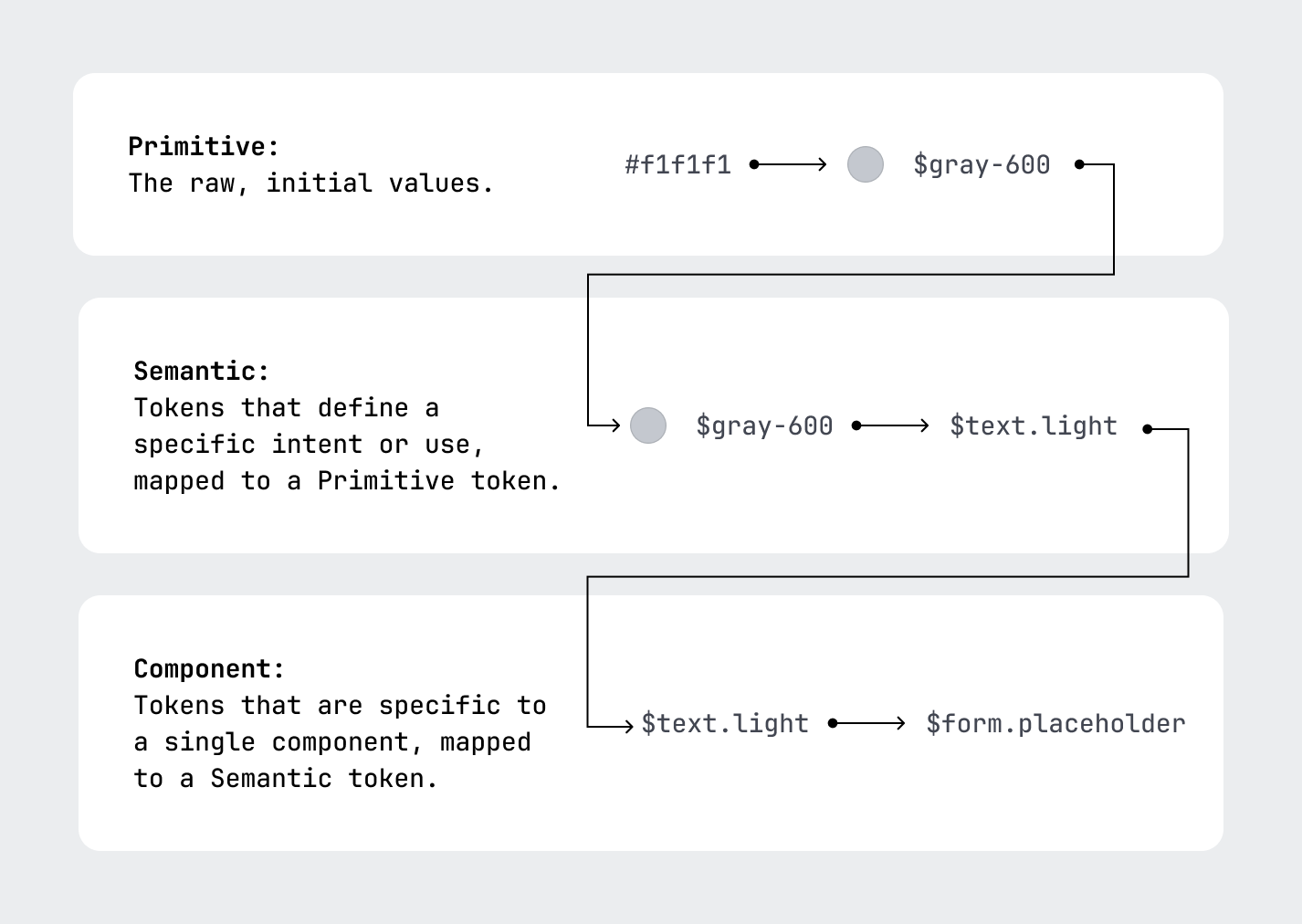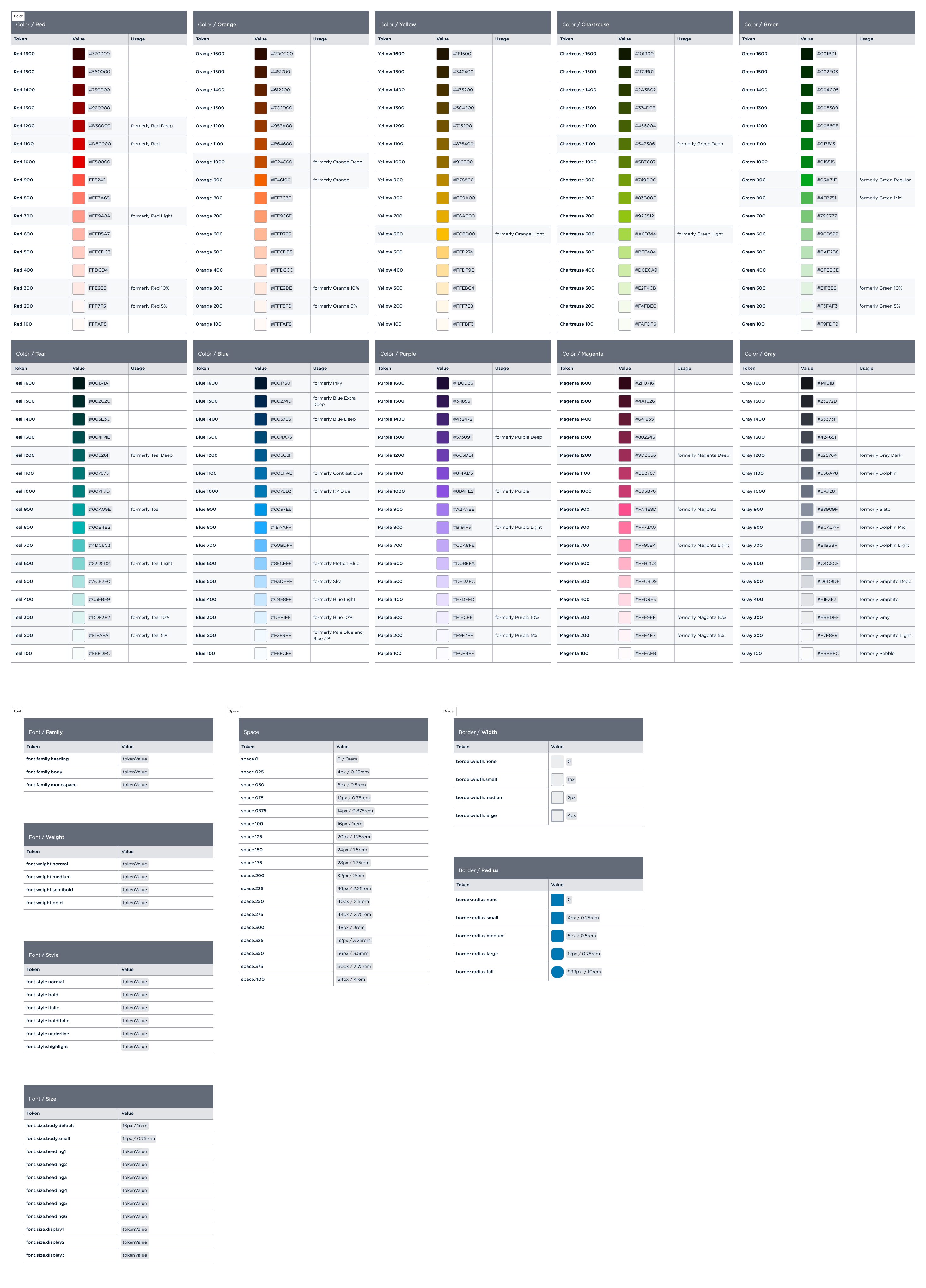Role: UX Designer (Contract)
Duration: 6 Months
Tools: Figma, Adobe Experience Manager (AEM), Design Tokens
Team: UX Designers, Front-End Developers, AEM Engineers
The small but mighty team at KP needed help maturing their design system and connecting the dots between Figma and development.
I was able to bridge the gap.

A fractured relationship
Kaiser Permanente, a leading healthcare organization, faced growing design-to-development challenges.
Designers waited months for components to be production-ready, and collaboration between teams was strained. I was brought in to assess the situation and help rebuild the system for speed, consistency, and scalability.
My mission: Improve the usability of the design system, align design and development efforts, and create a scalable foundation using design tokens and modern UI practices.
Unintentional errors of inconsistency.
–Elliot Chenault
Senior UX Designer
The Challenges
Disconnected workflows between design, front-end, and AEM teams
Fragmented Figma library with outdated or inconsistent components
Long delays for design elements to reach production (often months)
No shared design token schema across platforms
UX and UI inconsistencies across digital products
Accomplishments

Design System Audit
To understand the current landscape, I conducted a full-scale audit spanning UX designs, front-end code, and AEM templates to identify inconsistencies and gaps.
The audit focused on a core set of a dozen primary components, as well as foundational elements such as color, grid, spacing, shape, and typography.
The final deliverable was a comprehensive report outlining key areas that required attention—providing a clear baseline for future improvements across the system.
Figma Library Optimization
After conducting a deep dive into the existing Figma library files, I developed a long-term strategy to clean, restructure, and scale the component library for better performance and usability.
The objective was clear: increase reusability, eliminate redundancy, and empower designers to build consistent, efficient UIs.
Through this analysis, I identified several high-impact areas for improvement:
- Integration of variables across component properties to streamline updates and ensure design consistency
- Consolidation of scattered library files into a more centralized, maintainable system
- Simplification of complex layer structures, leveraging modern Figma features like auto layout, component properties, and nested instances
- Removal of hundreds of unnecessary variants to reduce visual clutter and improve performance
- Use of Dev Mode to enhance collaboration and make developer hand-offs more seamless
- Implementation of file branching to support parallel workstreams and maintain better version control
The final deliverable was a phased implementation roadmap, clearly outlining each improvement area with actionable next steps. This strategy laid the groundwork for a more unified, scalable system—one that aligns UX, front-end, and AEM teams on a shared design foundation.


Design Token Strategy
The first phase of the library optimization plan focused on defining and implementing a scalable design token strategy.
To guide this effort, I researched best practices from industry-leading design systems and trusted sources across the web to identify the most effective approach for the Vessel team.
After exploring several organizational models, we adopted a structured hierarchy of Primitive, Semantic, and Component tokens—establishing a strong foundation for consistency, scalability, and better collaboration between design and development.

The schema structure we finalized was:
Design System → Token Type → Element → Element Modifiers
This clear, modular format ensures the system remains flexible and easy to maintain as it grows.

Finalizing these approaches empowered the team to move forward confidently—implementing improvements and evolving the system with greater efficiency and alignment.
We were fortunate to have you here to help us mature this year, Danny. You were with us a relatively brief time, but your impacts will be lasting – from your work on the foundations of our design system, to your mentoring of the team, and ideas for different ways to leverage Figma.
Nick Sabadosh
Senior Director, Design Foundations
Conclusion
My contract at Kaiser Permanente helped set a new standard for how design and development teams collaborate. Through foundational improvements, token-driven consistency, and a roadmap to rebuilding their Figma library, I helped streamline workflows and reduce delivery friction.
Outcome: A more reliable, scalable, and efficient design system—built with collaboration at its core.